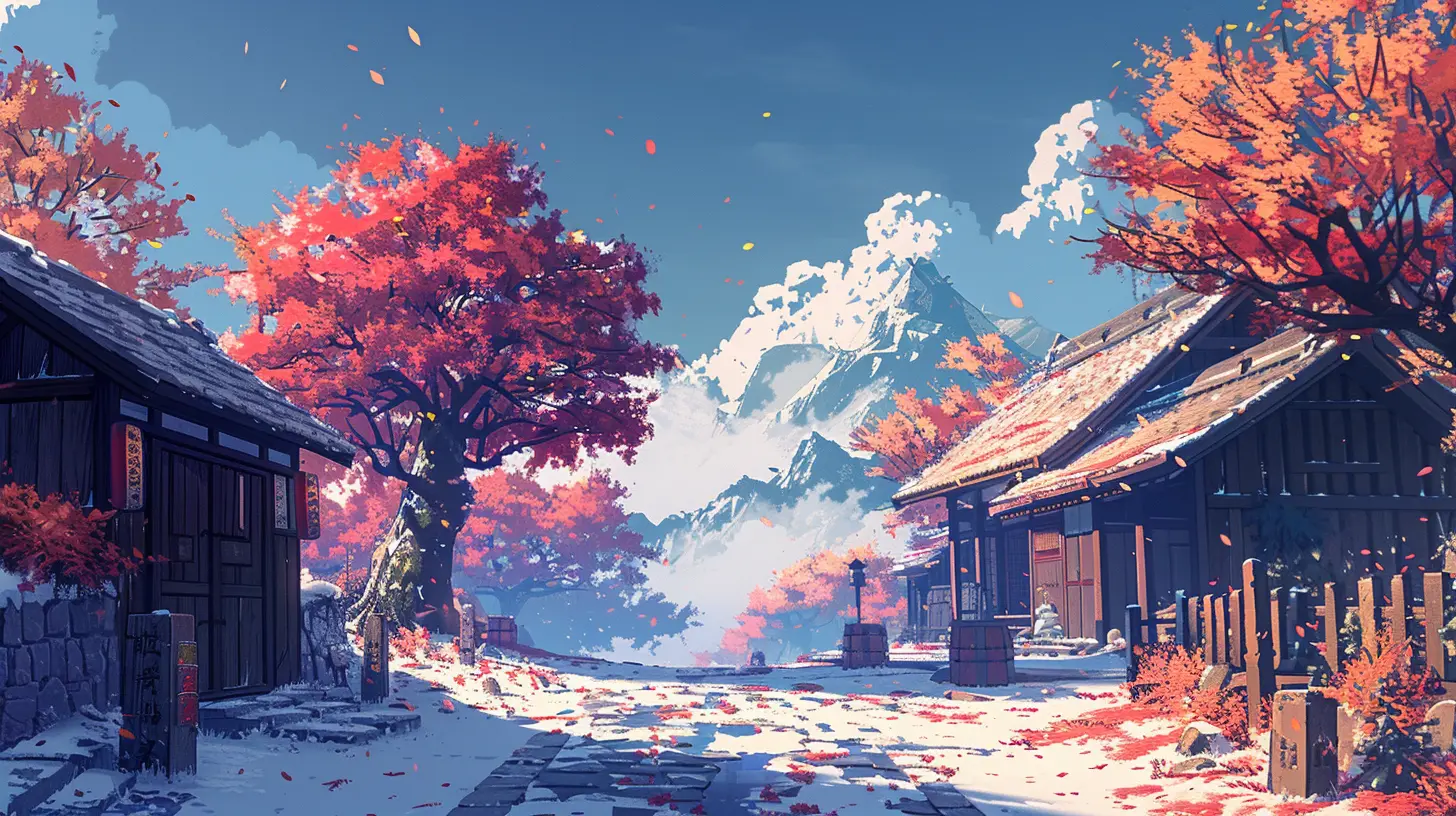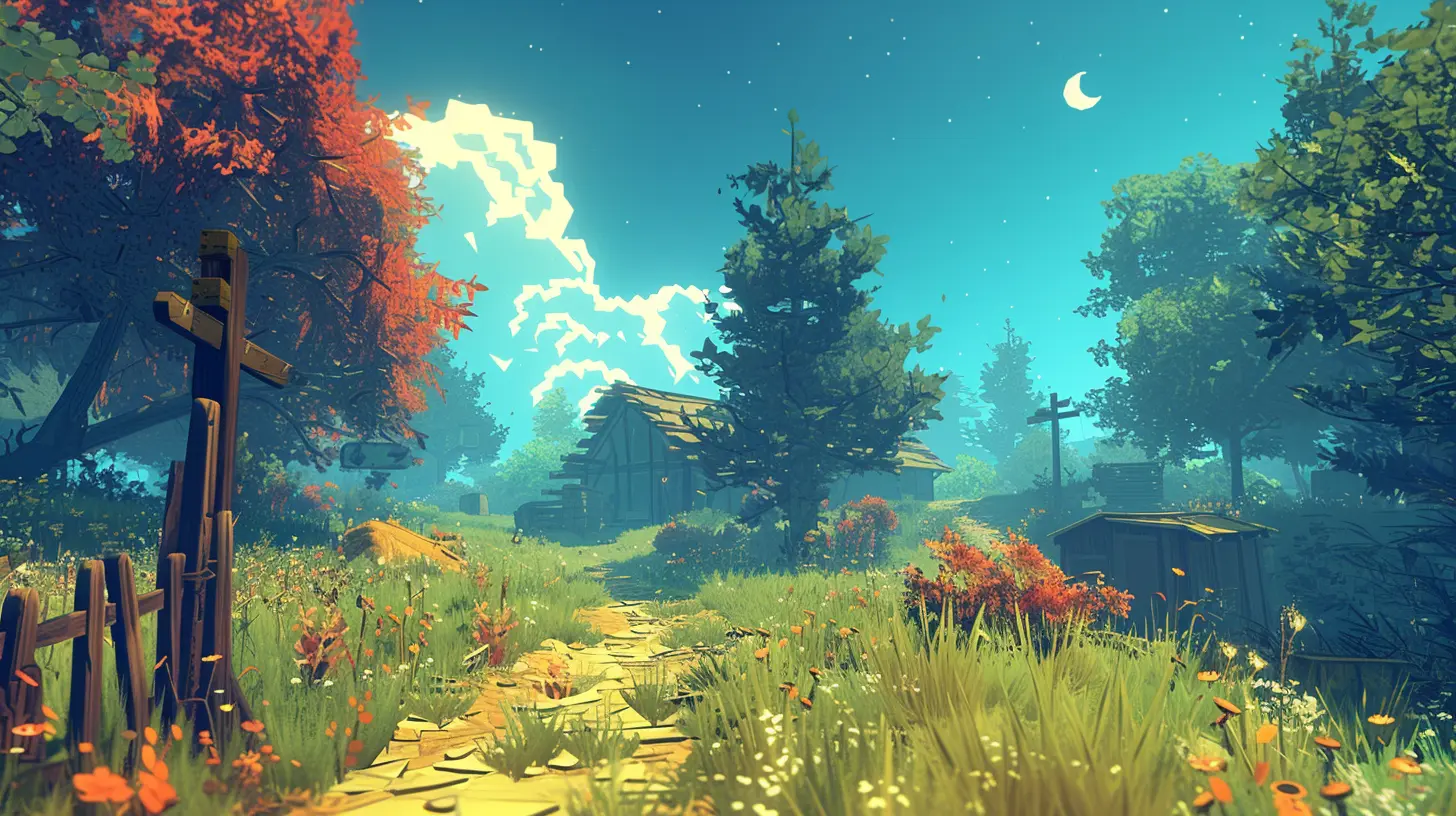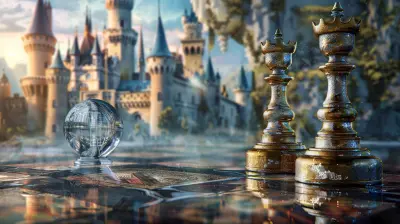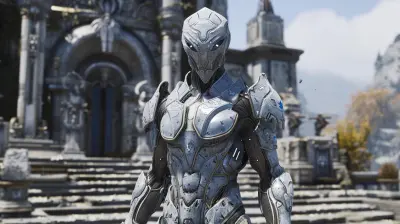What Indie Games Can Learn About Economy Design from AAA Titles
4 August 2025
When we talk about indie games, the conversation often celebrates their creativity, charm, and boundary-pushing ideas. And rightly so! Indie developers are the unsung heroes of innovation in gaming. But if there’s one area where they can still level up, it’s in-game economy design.
Economy design isn’t just about gold coins and loot drops. It’s the entire system that governs how players interact with currency, resources, upgrades, progression, and rewards. It’s the backbone of any good game loop. AAA titles have spent years refining these systems—testing, tweaking, and perfecting them—often with massive teams and budgets behind them.
So, what can indie games learn from the big leagues when it comes to crafting engaging and sustainable in-game economies? Let’s dig into it.
Understanding the Game Economy: More Than Just Numbers
First things first—what exactly is a game economy?Think of the game economy like the circulatory system in your body. It keeps everything moving. In a game, that movement is the way players earn, spend, and manage resources.
Whether that’s collecting rupees in a Zelda game, upgrading gear in Destiny, or crafting potions in Stardew Valley, it all falls under the umbrella of an economic system.
A balanced economy keeps players hooked. Too generous, and there’s no challenge. Too stingy, and frustration sets in. Nail it, and you’ve got that sweet spot that keeps people coming back.
The AAA Advantage: Why Their Economies Work So Well
AAA developers usually have one big advantage—data. Lots and lots of it.These studios run rigorous playtests. They analyze player behavior. They fine-tune progression based on hours of user feedback. This constant adjustment leads to more intuitive and rewarding economic systems.
Here are a few things AAAs do especially well:
1. Strategic Resource Distribution
In open-world games like The Witcher 3 or Grand Theft Auto V, resource placement is no accident. Every coin, weapon, or quest reward is placed with intention. It’s all about maintaining a sense of progression without ever letting players feel overpowered too early.Indie games often miss this balance. Either they shower you with resources early on or make you grind endlessly for minor upgrades.
Lesson? Map out your resource flow. Ensure that rewards scale naturally with difficulty and time invested.
2. Smart Progression Curves
Progression is the heartbeat of any in-game economy. Games like Horizon Zero Dawn introduce new mechanics slowly but meaningfully. As the player gets new tools, the challenges evolve. This keeps the gameplay loop fresh.AAA studios master this pacing. They keep players engaged by feeding them the right amount of challenge and reward at each stage.
Indie devs can take a page from this playbook. Keep your players on a steady treadmill of motivation—don't make them sprint out of the gate or crawl to the finish.
3. Meaningful Upgrades and Purchases
Look at how Assassin’s Creed handles gear upgrades. Sure, you can buy or craft better armor, but some upgrades require rare materials you can only earn through specific tasks. That adds meaning and effort to economic decisions.The takeaway? Upgrades should feel earned, not handed out. Your economy should encourage players to make choices, not just hit "buy" when they have enough cash.
Common Pitfalls in Indie Game Economies
Alright, let’s flip the coin.Indie games have passion, no doubt, but they often face pitfalls that AAA titles have already figured out how to avoid. Here are some common mistakes and how to fix them:
1. Over-Rewards or Under-Rewards
Ever played an indie game where you got rich way too fast? Or one where even after hours of grinding, you barely had enough for a basic item?Yup, that’s a sign of poor balance.
Economies need to feel rewarding but not broken. Watching your in-game wallet grow should feel satisfying, not like winning the lottery or being stuck on minimum wage forever.
2. No Real Sink for Resources
What do you do once you’ve got too much gold?In AAA games, there’s always something to spend on: cosmetics, upgrades, new builds, or quality-of-life improvements. These “resource sinks” prevent you from hoarding and keep the economy active.
Indie games often forget to include late-game or non-essential uses for currency. Without these, economies stagnate and players lose interest.
3. One-Trick Currency Systems
Single-currency economies get stale real quick. AAA games often use multiple currencies—think gold for basic expenses, gems for rare items, tokens for events, etc.Different currencies create specialized gameplay loops and prevent players from cheesing the system.
Indies? Don’t be afraid to mix it up. Add variety, but keep it meaningful.
The Sweet Spot: How Indies Can Learn and Adapt
Now for the fun part—how indie developers can take all these AAA lessons and apply them without the need for massive teams or million-dollar budgets.1. Analyze Player Feedback and Behavior
You don’t need a billion-dollar data-analytics firm to learn from your players. Use tools like Google Forms, Reddit threads, or in-game feedback prompts. Watch how players interact with your economy.Are they saving too much? Never spending? Breeze through upgrades? All of these are red flags or signs of imbalance.
Even a few hours of Twitch gameplay or YouTube Let’s Plays can provide valuable insights into how your economy performs in the wild.
2. Think Progression, Not Just Collection
Don’t just throw in more loot. Think about how each resource or reward fits into your player’s journey.Ask yourself:
- Does this reward feel earned?
- Is it useful or meaningful?
- Will it push the player towards a new goal?
Every economic interaction should drive progression, not just pad the player’s inventory.
3. Implement Economic “Loops”
AAA games rely on tight economic loops where earning and spending are part of the rhythm.Take Monster Hunter, for example. You hunt, gather, craft, upgrade, then hunt again. The loop continues, but it's always evolving. That’s economic design in action.
Indie devs can create similar loops. Even simple ones. What matters is giving resources a purpose and making sure players feel the payoff.
Microtransactions: Avoid or Embrace?
Let’s talk about the elephant in the room.AAA games often get flak for overusing microtransactions. But when done right, they serve a purpose—mainly sustaining live-service games and offering cosmetic flair.
For indie games, the line is finer. Players are more sensitive because the charm of an indie game lies in its organic feel. Still, there’s room to experiment.
If you go down this road, follow these golden rules:
- No pay-to-win features.
- Keep purchases optional and cosmetic.
- Don’t lock core content behind a paywall.
Handled carefully, microtransactions can become a smart economic layer, not a greedy cash grab.
Real-Life Indie Success Stories
Plenty of indie games have already nailed economic design—and there’s a lot to learn from their success.Stardew Valley
A masterclass in resource balance. The game lets you control your economic path—farming, fishing, mining—all with steady rewards and upgrade paths.It also includes resource sinks in the form of relationships, festivals, and community projects. Smart, right?
Dead Cells
This roguelike uses multiple upgrade systems, each feeding into the next playthrough. Resources carry over through blueprints and cells, creating a persistent sense of growth—even in a punishing game.Hades
Sure, it’s from a more established indie developer, but Hades combines multiple currencies, character upgrades, narrative progression, and randomized loot to create one of the most satisfying economies in gaming.Final Thoughts: Making Your Economy Count
When it comes to economy design, indie devs have a big opportunity—and a steep learning curve. But that’s okay! You don’t need AAA money to build AAA quality systems.Start by mapping out your resource flow, think about the player’s journey, and always test, tweak, and evolve your economy based on real feedback.
Remember, a great economy doesn’t just support the game—it becomes the game. Get it right, and you won’t just keep players playing… you’ll keep them thriving.
So next time you boot up a AAA game, don’t just look at the graphics or story. Peek under the hood. See how they’re subtly tweaking your experience through economic design. Then take those ideas, and build something uniquely your own.
all images in this post were generated using AI tools
Category:
In Game EconomyAuthor:

Jack McKinstry
Discussion
rate this article
1 comments
Rowan McGeehan
Great insights! Balancing fun and strategy is key for all!
August 14, 2025 at 3:01 PM

Jack McKinstry
Thank you! I'm glad you found it insightful. Balancing fun and strategy really does enhance the experience!


